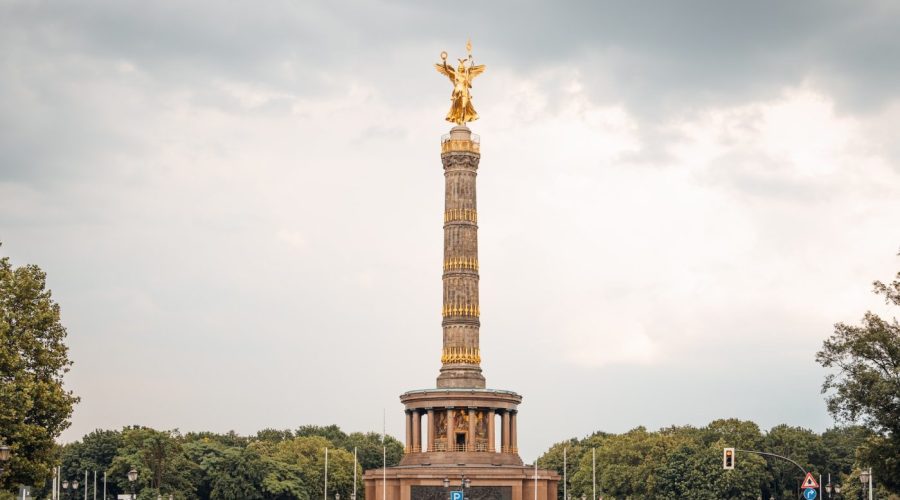What was the Role of Berlin Sachsenhausen in the Holocaust?
Concentration camps were a large part of the history of world war 2 which include the Holocaust. One of the most notorious and eerie concentration camps was Berlin Sachsenhausen. In this blog post we will learn about the part that Berlin Sachsenhausen played during the Holocaust and get a better insight of what it is all about.
History and Location
Berlin Sachsenhausen was situated in the town of Oranienburg, approx. 20 miles north of Berlin, Germany. It was built in 1936 by the Schutzstaffel (SS) as the first concentration camp. It was originallly a training centre for SS officers then the place turned into a place of persecution, suffering and death of thousands of people.
The Purpose
Principal purpose of the Sachsenhausen Prison in Berlin was for political prisoners, among them communists, socialists and trade unionists. It also imprisoned other victims such as Jehovah’s Witnesses, homosexuals and people designated as “asocials” by the Nazi regime. As the war went on, Jews also from Germany and other occupied lands were also taken to Sachsenhausen.
Living Conditions
The lodgings in Berlin Sachsenhausen was terrible, it was constructed as a attempt to destroy the defenders physically and mentally. They survived cramped barracks, bad food, impossible labor. The prisoners were victimized with frightful tortures of various types, medical experiments, regular executions. Torture was everyday and a gun violence took, causing the world fear and an absence of hope.
Overview of the Holocaust
Holocaust was the systematic genocide of six million Jews by Nazi regime during World War II. Concentration camps such as Berlin Sachsenhausen were a crucial factor in the implementation of the Final Solution, the Nazi programme for the destruction of the Jewish people. Millions were imprisoned, beaten, killed in these camps, and have come to represent human suffering and the darkest episode in the history of humanity.
Resistance and Liberation
While there was overwhelming helplessness and hopelessness, acts of resistance and opposition could be observed at Berlin Sachsenhausen. Prisoners secretly wrote down their experiences, kept written records that would remain and bear witness to the crimes committed by the Nazis. In 1945, Soviet troops liberated the camp to spare from the camp suffering those captured was in there.
Remembrance and Lessons Learned
Today, Berlin Sachsenhausen is a memorial and museum in memory of the victims and instructing the visitors about the tragedies of the Holocaust. It serves as a reminder that human rights, tolerance and the dangers of prejudice and discrimination come first.
Conclusion
Sachsenhausen concentration camp in Berlin is an infamous location in history, unexpectedly serving as such an awfulExporter of the Holocaust. Understanding its part, gives us a moment to remember and lament those who have survived and perished there. By knowing its history, we can be motivated to create a hat free, intolerant future.
Table of Contents



